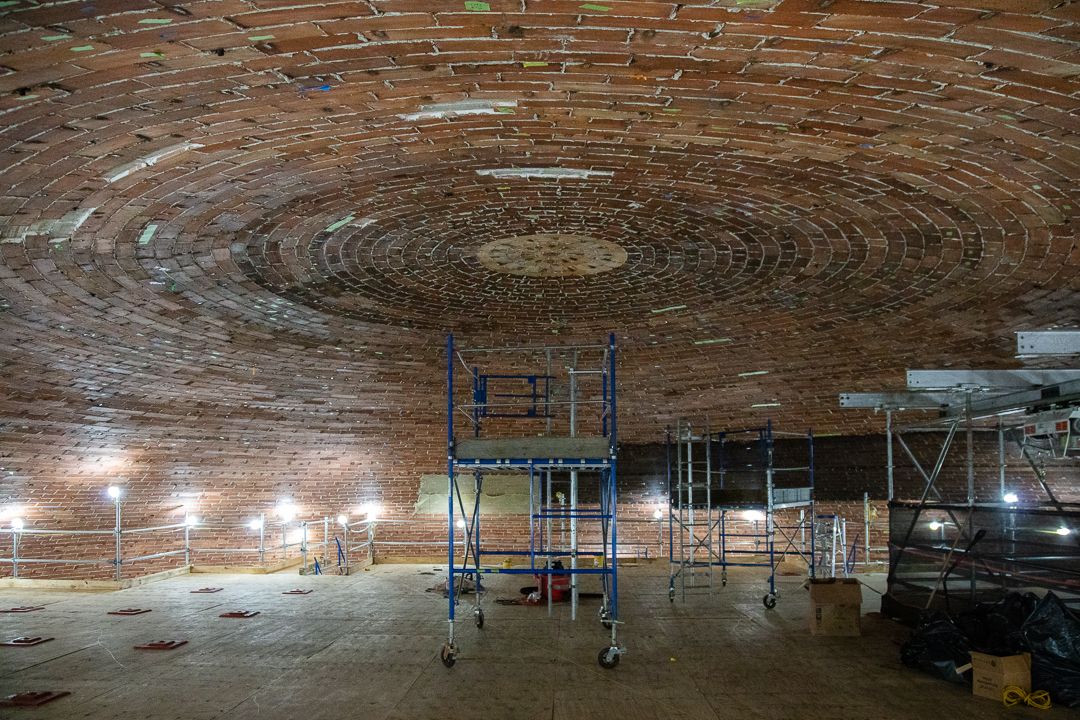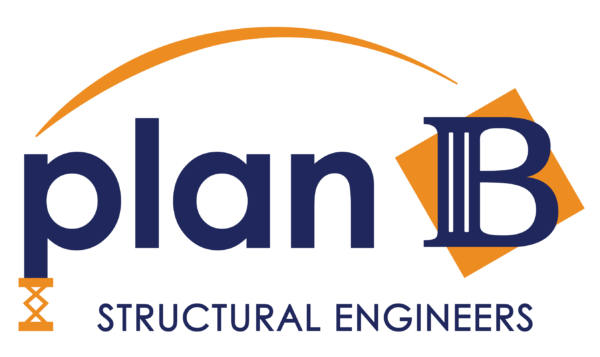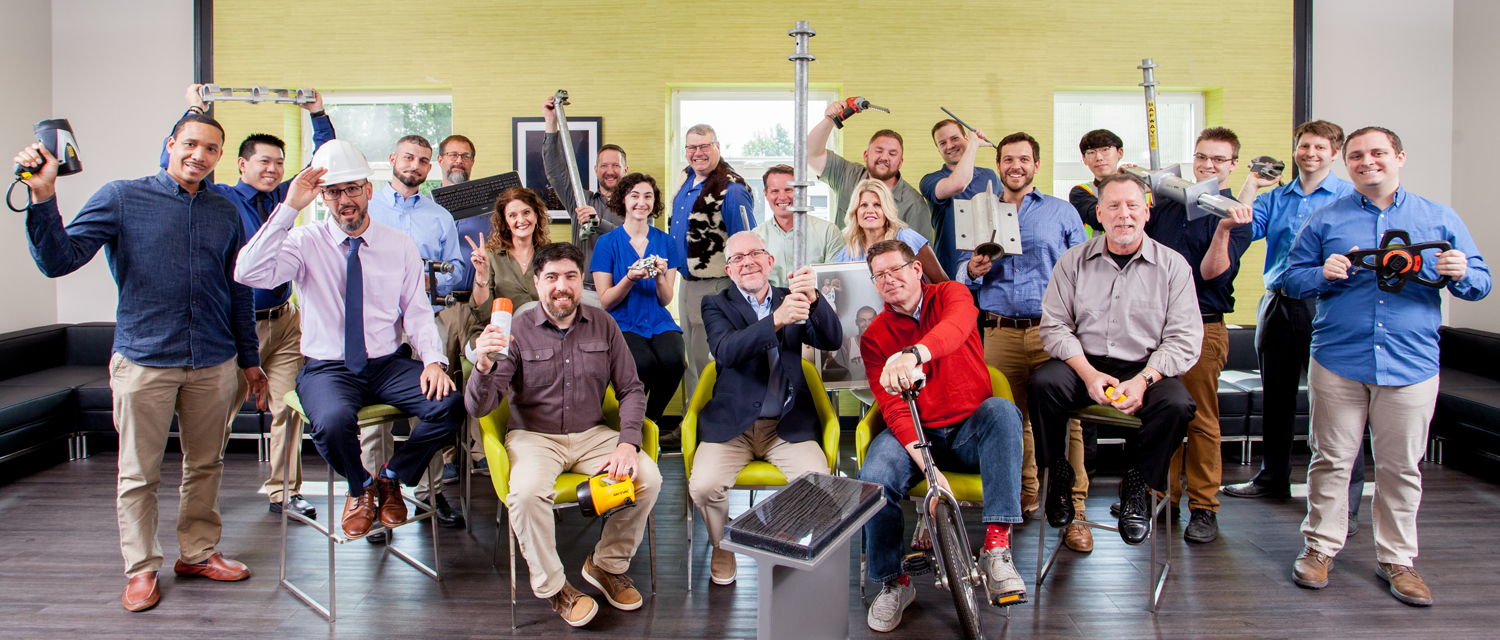The Cathedral of St. John the Divine
Creating the Means to Restore a Timeless Cathedral Dome in the Heart of NYC

Plan B Paved the Way for Historic Restoration
Cracks and leaks have taken their toll and are extraordinarily difficult to manage, due to the massive size of the structure and the fact that it’s unfinished. Changes in architectural trends, funding shortfalls, and fires in 2001 and 2019 have all contributed to the deterioration of this New York City landmark.
After a century of water infiltration and the occasional piece of mortar or loose tile falling to the floor, a major intervention was needed. Silman Engineering–the country’s leading historical and technical experts in Guastavino restoration–provided the team with a comprehensive repair and strengthening program. Historic masonry experts, Nicholson and Galloway, were tasked with executing the complicated restoration.

Constructing a Work Platform 200 ft Up in the Air
Complicating matters, the space over the dome was central to the function of the still-active congregation. Church leaders requested that the space be available for services during the holiday season. This required a temporary system to match the huge clear span of the dome itself.

The long-span requirement became more significant when the contractor requested that the platform be designed to support all material and equipment loads to reduce the impact of construction on the ground even more.
To create the platform, Plan B:
- Designed two steel “super trusses”, both 5 ft wide by 10 ft tall, to be supported atop the large masonry piers that reinforce the four corners of the dome at the crossing.
- These super trusses were assembled on the floor of the church. Rigging beams atop scaffold towers were equipped with wire rope and electric winches to lift the trusses vertically into place.
- Once the super trusses were in place, the 800 sq. ft platform was assembled on the ground and lifted to the trusses to form the deck. These beams were furnished with all the required handrails and safety required by OSHA regulations, which allowed workers to use the platform unencumbered by personal fall protection systems.
- Then, a systems scaffold was built on top of the platform for access to every corner of the dome to complete renovations.
Design Consideration: Preventing Masonry Bearing Wall Damage from Secondary Loads
Because of the long span of the super trusses, we had to consider the deflection of a fully loaded platform and its potential effect on the historic walls and the dome itself. Based on simple geometry, we knew that the vertical deflection of a fully loaded truss causes it to be shorter horizontally compared to its unloaded shape. This shortening at the supports, if restrained, would impart a lateral load at the top of the piers, essentially trying to pull the piers inward right at the base of the dome. To avoid any risk of damaging the historic fabric, a movement joint was detailed using a specialized lubricant and bearing pads, which provided a frictionless joint for the truss to “breathe” when loaded without binding.
Structural Consideration: Constructability & Functionality
So, we designed several trap doors within the platform to allow workers to hoist pallets of tile and mortar up to the platform. When not in use, the trap doors were locked closed and designed for the same vertical load of the platform to maintain the large, uninterrupted work space requested by the contractor. To ensure the massive platform was not unintentionally overloaded, an electronic load limiting system was used to ensure each load was safe to hoist up to the platform.

Success Starts Early
Because we were brought in during pre-construction, we were able to stick to the cathedral’s tight schedule and ensure that Nicholson and Galloway could finish their renovation work before Christmas, the cathedral’s busiest season.
Bring us into your project early so we can help you achieve your vision on time while working safely and efficiently. Plan B Engineering can tackle structural designs of all types, having worked on everything from the Empire State Building in NYC to the Iglesia de San Jose in Old San Juan, Puerto Rico.
- Scaffold and access
- Shoring and bracing
- Demolition means and methods
- Hoist
- Logistics and site safety
- Historic preservation
Give us a call to discuss structural needs for your next project!
Project Type:
Shoring & Bracing
Reach Out to Us
475 Veit Road
Huntingdon Valley, PA 19006
USA
p: 215.638.0767
f: 215.638.0787
PlanBrfp@planbengineering.com
![]()

